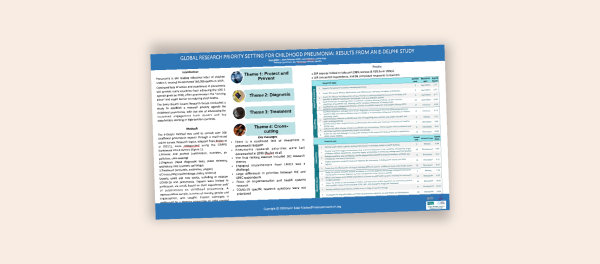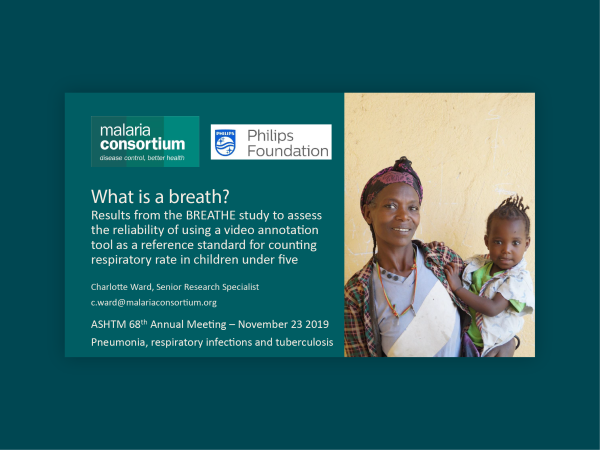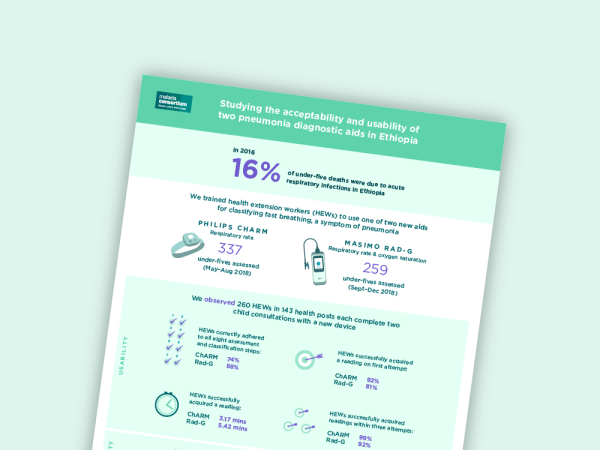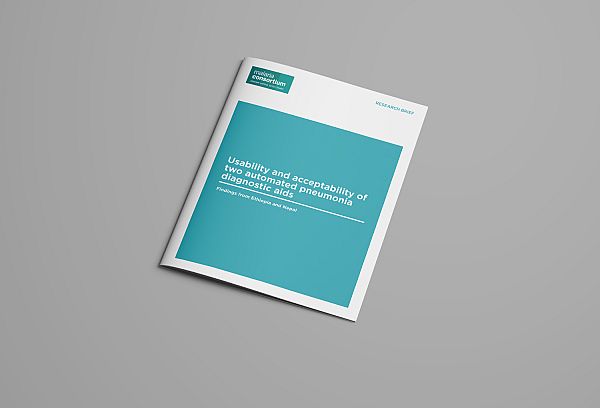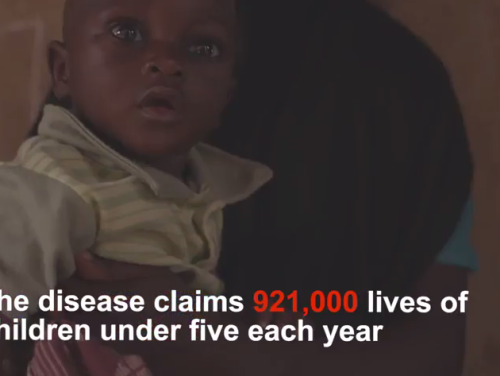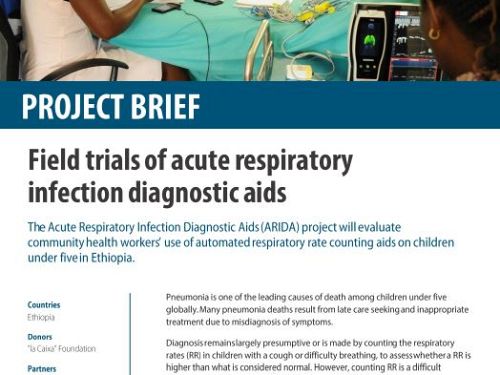Cambodia

Figure 1. Map of Cambodia and the Ratanakiri province
The under-five mortality rate in Cambodia is amongst the highest in the region, with pneumonia being reported as responsible for 17 percent of child deaths.
In Cambodia, village malaria workers (VMWs) were first introduced to communities in June 2001 as part of an insecticide treated net (ITN) trial conducted by the national malaria center of Cambodia (CNM) in Ratanakiri Province. Between 2004 and 2005, the VMW scheme was expanded to cover 300 villages. Following initial successes, VMWs were then trained to treat simple coughs, colds and diarrhoea as well as uncomplicated cases of pneumonia and to refer severe cases to the nearest health facility. These extended VMWs (eVMWs) diagnose and treat pneumonia using the UNICEF respiratory timers and pre-packaged antibiotics, and include oral rehydration salts and zinc for diarrhoea. So far 800 eVMWs from 400 malaria at-risk villages have received two-day training in classifying and treating children with pneumonia, and in referring children with symptoms of severe disease. These eVMWs span 10 provinces across the country but are most heavily concentrated in Ratanakiri province (Figure 1). Therefore it is proposed to carry out the field research for the pneumonia diagnostics project in Ratanakiri province.
